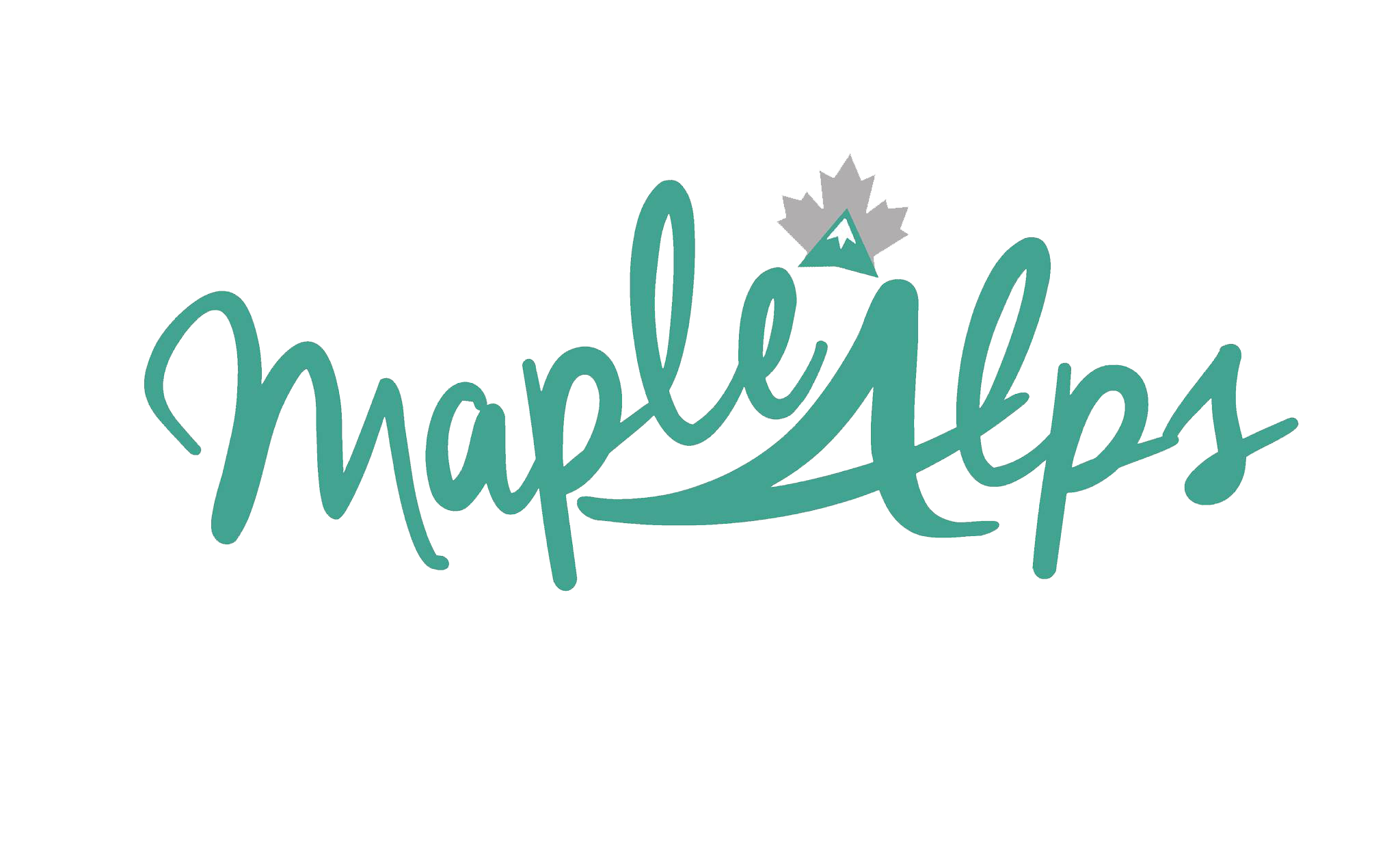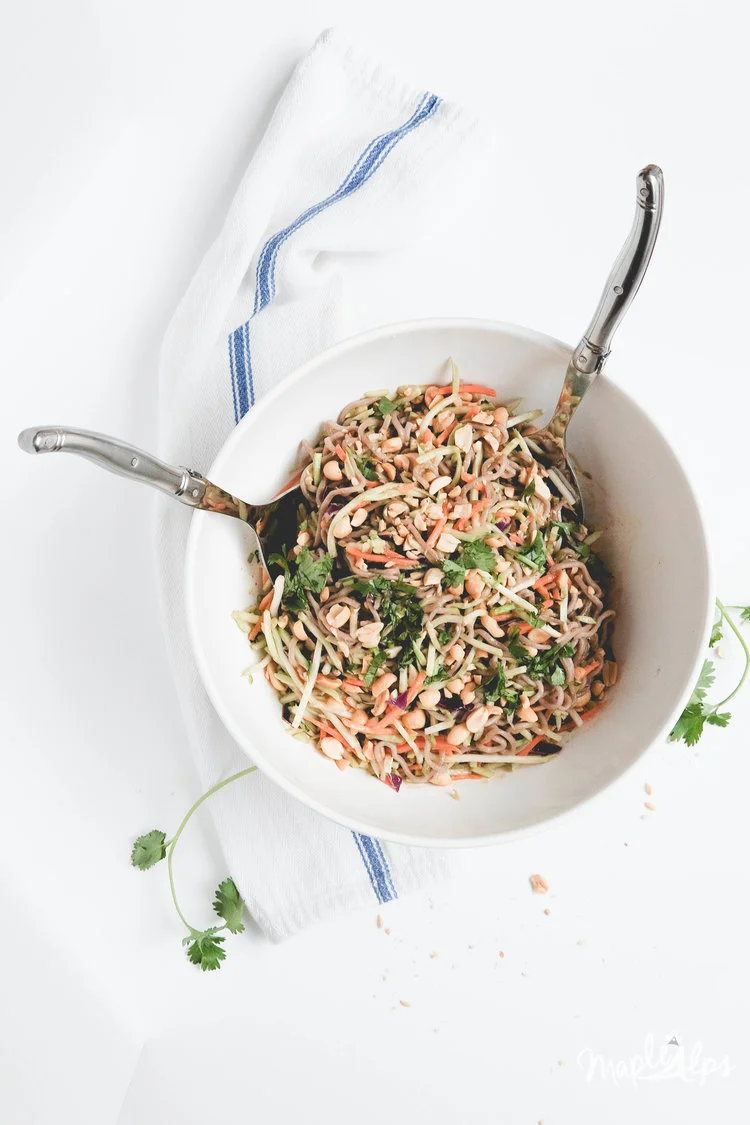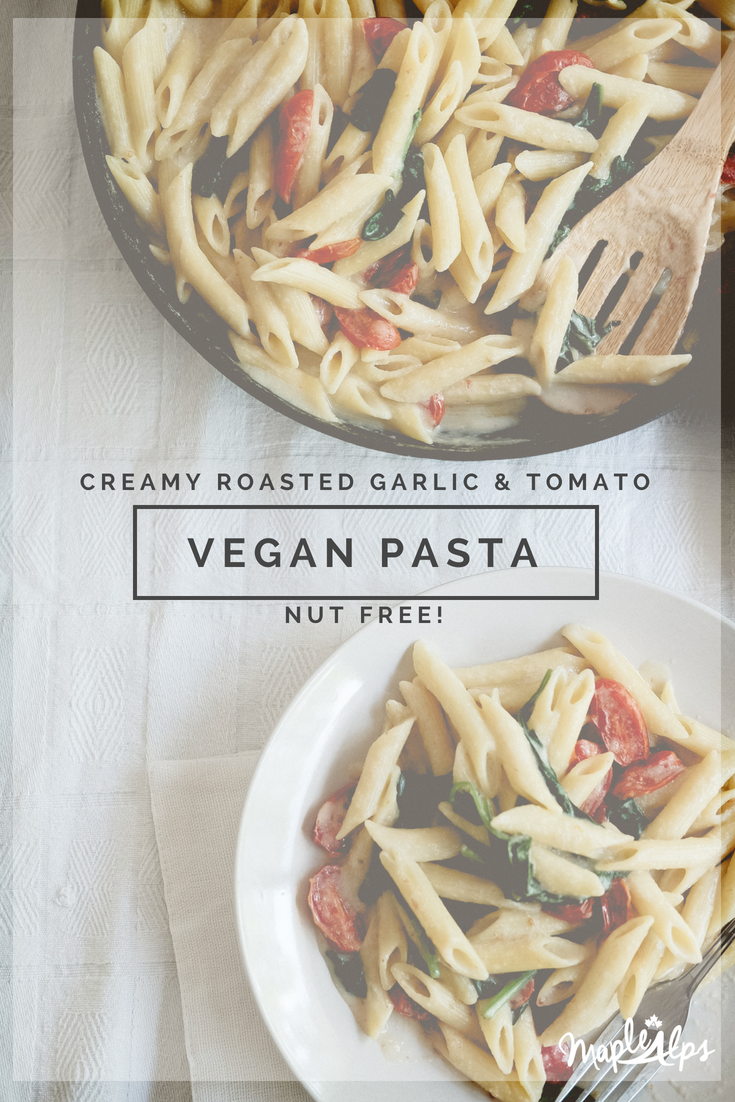I’ve been a vegetarian for a long time now. Over the years, I’ve had many people ask me about it and just the other day, I sat down and wrote out a few things I’ve learned from my experience. It’s so natural for me as I view it as a lifestyle rather than a dietary restriction. It has become second nature to me, and I feel better and more intentional with my food choices. Vegetarian is the only title I exclusively “subscribe” to when asked about my diet, though we mostly eat completely plant based at home.
There are a few things I’ve learned over the years, and I’m going to share 7 of them with you today!
This post contains affiliate links
Cravings Change, and so do taste bud preferences. This has definitely been true for me. Tastes and even certain smells (like meat cooking) that used to be so good to me now make me feel ill. I remember a time when I thought I could never go completely vegetarian, and I was totally wrong. Now, I can’t imagine going back.
One can still be an unhealthy vegetarian! I know a lot of people who are vegetarian who are unhealthy. I also know a lot of people who don’t understand that it really is possible to be healthy as a vegetarian. Crazy, right? Even as a vegetarian, it’s important to eat your daily servings of vegetables, fruits, and grains! Getting the nutrition one needs is important. Substitute meat products are oftentimes even less healthy than the actual stuff, so I’m careful about them and limit the amount of processed foods I consume. I’ve caught myself from time to time not eating as healthy as I could be, even as a vegetarian! Making sure I plan meals ahead helps reduce the amount of processed and unhealthy food we consume!
B12 is important. There are a few supplements to consider when going vegetarian. Vitamin B12 is a nutrient that helps keep the body’s nerve and blood cells healthy and helps make DNA, the genetic material in all cells. Vitamin B12 also helps prevent a type of anemia called megaloblastic anemia that makes people tired and weak. Vitamin B12 is necessary for us to function properly, and yet it is hard to get on a vegetarian diet (and especially on a vegan diet). Finding vegetarian supplements (I use this B12 from Amazon) and buying fortified nutritional yeast flakes to add to food help with B12 levels. A few other supplements I’ve needed as a vegetarian have been iron and vitamin D.
Protein is actually pretty easy to get enough of. Besides finding out that protein is easy to get, I found out that so many people became concerned with my protein levels once becoming vegetarian. It turns out, however, that protein is not the main concern when going vegetarian after all! I mean, of course cows get protein somewhere, right? It is indeed possible to get plenty of protein on a vegetarian diet. Some examples of some high protein foods are edamame, beans, dark leafy greens, and my favourite, tofu. By the way, my doctor of many years has never once asked me if I get enough protein and she knows I’m a vegetarian. She doesn’t seem too concerned.
Reading Food Labels is Key! It’s interesting what foods we may assume are vegetarian are indeed not! Reading food labels ensures food really is animal-product free or vegetarian-friendly. Barbeque chips, marshmallows, and even some vitamin capsules are just three examples of snacks that are not usually vegetarian-friendly. Ideally, one should be eating foods with no labels at all (fresh produce, bulk grains, etc.).
It is not that weird after all. When I first went vegetarian years ago, there were so many people who thought it was the strangest thing. Nowadays, there are a lot of people who choose to go vegetarian, either for health or ethical reasons. It is much easier to live and eat out and enjoy lots of different foods now. I enjoy food more because experimenting with foods is enthralling and fun! I’ve met so many new people who have taught me how to enjoy life as a vegetarian.
Being a vegetarian has made me more mindful. Instead of just being okay with everything I eat, once I decided to be vegetarian, I became more mindful of what I was putting in my body. I want to make sure that my food nourishes me, not just fills my stomach. Of course, you don’t need to be vegetarian to be mindful of your consumption habits, but it has helped me on the course of healthier living.
Vegetables are tasty AND pretty! I love experimenting with different vegetable combinations to make delicious meals! And I love the color that is added to my plate. because of them! If I have a meal that has too many brown tones, I immediately start to miss my fresh veggies - I can’t go without them!
Are you a vegetarian? What have you learned about it?






























![How To Cook [Garbanzo] Beans - Using a Pot, Instant Pot, or Slow Cooker](https://images.squarespace-cdn.com/content/v1/567965e369a91ad609246ebc/1531275735371-PREAXNB0J3B2YSLBJRIM/garbanzo-4.jpg)




















